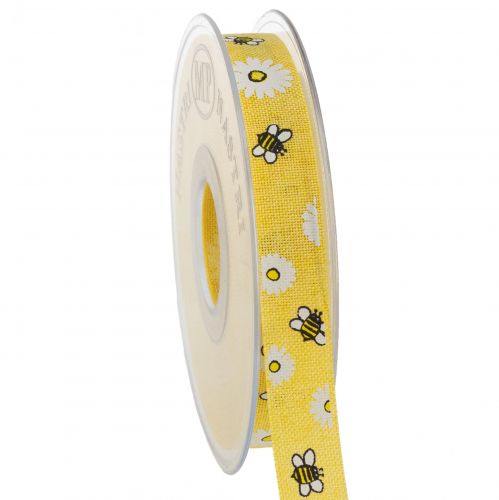symmetry
![]() The term symmetry originally comes from geometry and literally translates from ancient Greek to mean symmetry. Illustrations or objects in the geometrical and mathematical environment are called symmetric if the identical object arises again through various forms of transformation. This is possible above all in the mirroring of geometric figures, in this case we speak of the mirror symmetry. Symmetries of all kinds exist not only in the natural sciences, but were early taken up by art. As numerous studies in the field of aesthetics show, people perceive works of art, patterns and even faces of fellow human beings as all the more appealing or sympathetic, the stronger these symmetries. The symmetry thus represents a basic principle of optical harmony, which is also observed in the floristic field. In the compilation of bouquets, as with the creation of beds and borders, care is taken to ensure symmetry of the flowers and plants used in different planes of symmetry. If a symmetry in the floral design is to be broken, a chaotic arrangement is the better choice than only slight changes compared to a symmetrical basic order. In the latter case, the brain is still able to recognize the essential forms of symmetry, all deviating elements are perceived as particularly disturbing in this case.
The term symmetry originally comes from geometry and literally translates from ancient Greek to mean symmetry. Illustrations or objects in the geometrical and mathematical environment are called symmetric if the identical object arises again through various forms of transformation. This is possible above all in the mirroring of geometric figures, in this case we speak of the mirror symmetry. Symmetries of all kinds exist not only in the natural sciences, but were early taken up by art. As numerous studies in the field of aesthetics show, people perceive works of art, patterns and even faces of fellow human beings as all the more appealing or sympathetic, the stronger these symmetries. The symmetry thus represents a basic principle of optical harmony, which is also observed in the floristic field. In the compilation of bouquets, as with the creation of beds and borders, care is taken to ensure symmetry of the flowers and plants used in different planes of symmetry. If a symmetry in the floral design is to be broken, a chaotic arrangement is the better choice than only slight changes compared to a symmetrical basic order. In the latter case, the brain is still able to recognize the essential forms of symmetry, all deviating elements are perceived as particularly disturbing in this case.











